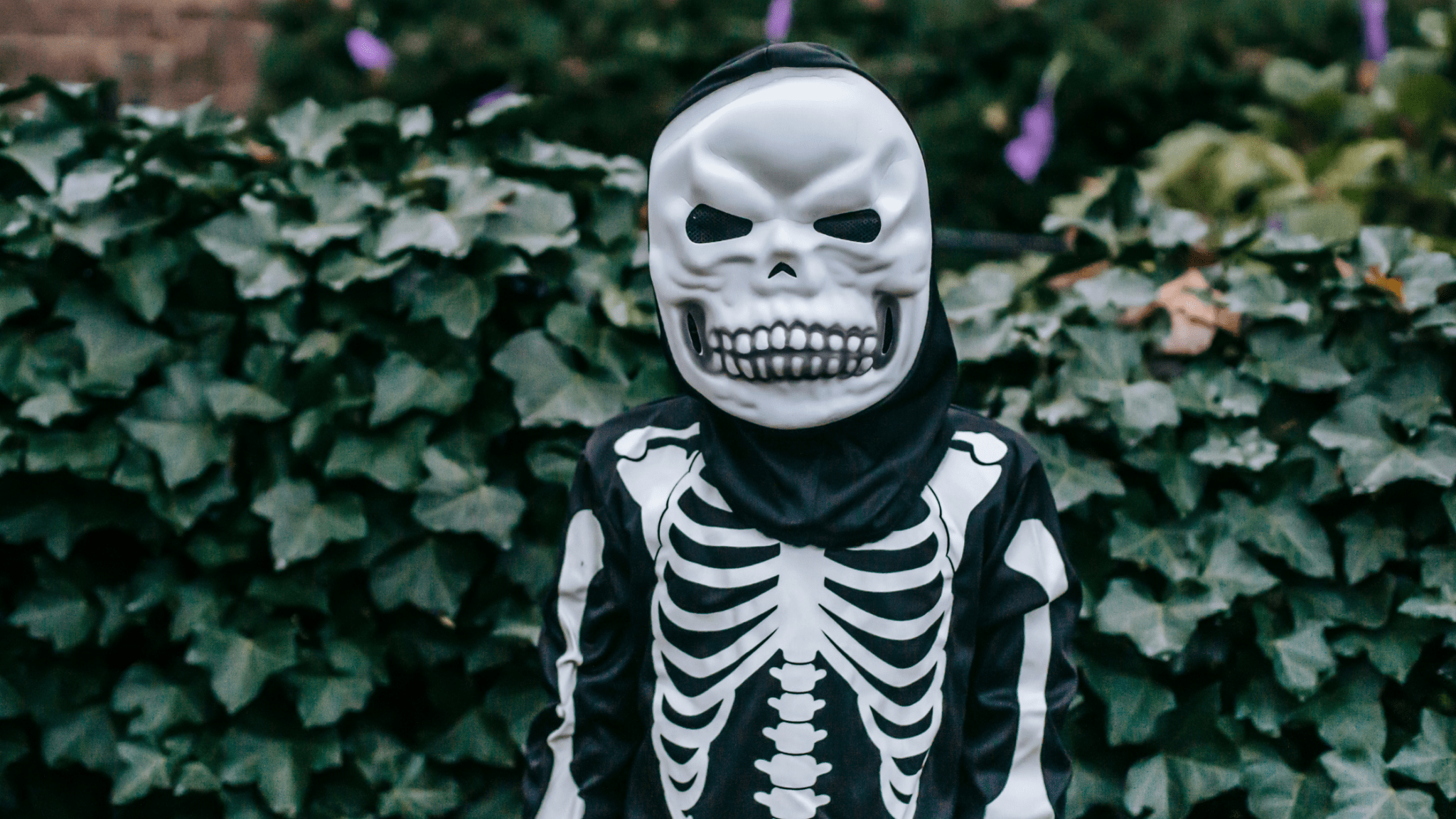
Toddler Halloween Fears: Helping Preschoolers Handle Spooky Season
Toddler Halloween Fears: Helping Preschoolers Through Spooky Season
October brings pumpkins, costumes, and playful spookiness. But if you have a toddler or preschooler, you may also notice a different side of the season: Halloween fears. Skeletons, witches, and ghosts—what feels fun for older kids can stir up worry, night wakings, or repetitive questions for little ones.
Why It Happens
Around age four, children are in Erik Erikson’s “Initiative vs. Guilt” stage. They’re exploring ideas, testing boundaries, and building imagination. They’re just beginning to separate real from pretend—but emotionally, pretend still feels very real.
That means a single story about a witch, even an offhand comment from a friend, can get “stuck” in their brain. Their minds replay it—sometimes at night, sometimes during the day—as a way of processing fear. This can show up as:
-
Intense focus on witches or spooky themes
-
Night wakings or scary dreams (related: baby sleep tips)
-
Repetitive questions (“But are witches real?”)
What You Can Do
Parent Script
When your child brings it up, try:
“It sounds like that story about the witch really stuck in your brain. Sometimes when we hear something spooky, our brains think about it over and over to try and figure it out. Witches aren’t real, but your feelings are real—and I’m always here to help you feel safe.”
Bedtime Add-On
If fears show up at night:
“Your brain is really good at making up stories—even when you’re sleeping. If you think about that witch again tonight, you can whisper to yourself: ‘That’s just pretend. I’m safe in my bed. My grownups are near.’ And if you need help, I’ll always come check on you.”
(If sleep struggles are common in your house, our Baby's First Year Course
offers practical tools for building confidence at bedtime.)

Reset Their Perspective With a Silly Story
Books and laughter reframe fear in safe, structured ways. Try:
-
Room on the Broom by Julia Donaldson
-
Winnie the Witch by Valerie Thomas
-
The Witch Who Was Afraid of Witches by Alice Low
-
Orion and the Dark by Emma Yarlett (for night fears)
Read with a playful tone, encourage retelling or acting it out, and repeat over a few nights to help “override” the original scary idea.
(Looking for more ways to spark imagination without overwhelm? See our Board Games & Development post for tips.)
Activities & Tools to Support Emotional Safety
1. No-Witch Spray
Mix water + lavender or chamomile. Spray together at bedtime and say:
“This keeps the cozy dreams in and the spooky stuff out.”
2. Bedtime Visual Schedule
Simple chart: Pajamas → Brush teeth → Spray → Book → Hug → Sleep.
Predictability lowers anxiety and night wakings.
3. Silly Witch Drawing
Invite your child to design a funny witch—rainbow hair, spaghetti shoes, silly spells. Post it to “make friends” with the idea.
4. Story Flip Game
Create bedtime stories where your child saves or helps the witch.
“The witch was crying—she lost her broom! But [Child’s Name] helped her find a skateboard instead!”
(Want more scripts for tough parenting moments? Try our free Temperament Guide
.)
Bottom Line
Halloween can feel exciting and overwhelming all at once. By naming fears, offering scripts, and bringing in silliness, you can help your toddler or preschooler face their Halloween fears with confidence—while reminding them that their safe grownups are always near.

